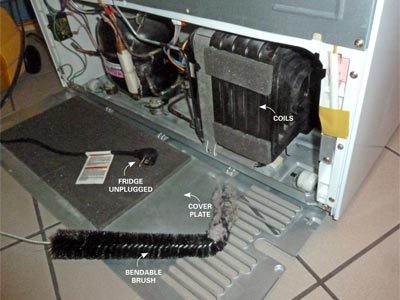
Selecting the Right Thermostat: Understanding Your Options
Choosing a new thermostat involves considering various options available in the market. From traditional manual thermostats to smart, programmable models, each type offers unique features. Evaluate your heating and cooling needs to determine the most suitable thermostat for your home. Smart thermostats, for instance, allow for remote control and energy-efficient programming, providing a modern and convenient solution.
Gathering Necessary Tools: Preparation for Installation
Before diving into the installation process, gather the tools and materials required. Basic tools like a screwdriver, drill, and pliers are often needed. Check the thermostat’s installation manual for specific requirements. Having the necessary tools on hand ensures a smooth installation process without interruptions.
Turning Off Power: Ensuring Safety During Installation
For safety reasons, it’s crucial to turn off the power to your heating and cooling system before beginning the installation. Locate the circuit breaker or switch that controls the HVAC system and turn it off. This precautionary step prevents electrical accidents during the installation process. Safety should always be a top priority when working with home appliances.
Removing the Old Thermostat: Step-by-Step Removal Guide
If you’re replacing an existing thermostat, carefully remove the old one. Start by turning off the power and removing the thermostat cover. Note the wiring connections and labels before disconnecting them. Take a photo or make a diagram to remember the wiring configuration. Remove the mounting plate and wires, leaving a clean slate for the new thermostat.
Installing the New Thermostat: Connecting Wires and Mounting
Refer to the new thermostat’s manual for specific instructions on wiring and mounting. Connect the wires according to the labeled diagram or photo you took during the removal of the old thermostat. Secure the mounting plate in place, ensuring it’s level. Depending on the thermostat type, you may need to connect it to your home’s Wi-Fi network at this stage.
Programming Your Thermostat: Optimizing for Efficiency
If you’ve chosen a programmable or smart thermostat, take advantage of its features by programming it for optimal efficiency. Set heating and cooling schedules based on your daily routines. Smart thermostats often allow for remote control through smartphone apps, providing flexibility and energy savings. Utilize the thermostat’s capabilities to create a comfortable and energy-efficient home environment.
Testing the Thermostat: Ensuring Proper Functionality
After installation and programming, it’s crucial to test the thermostat to ensure proper functionality. Turn the power back on and set the thermostat to your desired temperature. Verify that the heating or cooling system responds accordingly. Check each programmed schedule to confirm that the thermostat is adjusting the temperature as expected. Testing guarantees that your new thermostat is operating efficiently.
Optimizing Energy Efficiency: Utilizing Smart Features
Smart thermostats come with advanced features designed to enhance energy efficiency. Take advantage of these capabilities to optimize your home’s energy usage. Features like learning algorithms, occupancy sensors, and weather-based adjustments contribute to a more energy-efficient heating and cooling system. Explore the settings and customize them to align with your preferences and lifestyle.
DesigningTemptation Inspiration: Smart Home Solutions
For more inspiration on how to install a new thermostat, visit DesigningTemptation.com. Explore a variety of smart home solutions, DIY projects, and expert advice to elevate your living spaces. DesigningTemptation is your go-to resource for creating a home that is not only stylish but also technologically advanced and energy-efficient.




